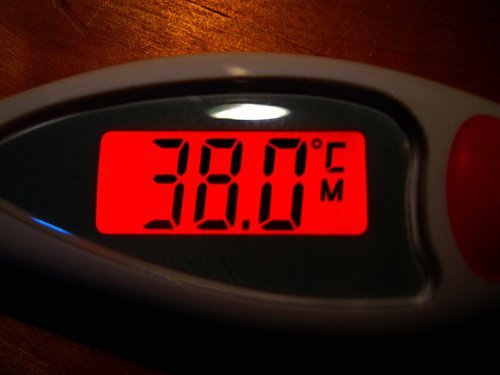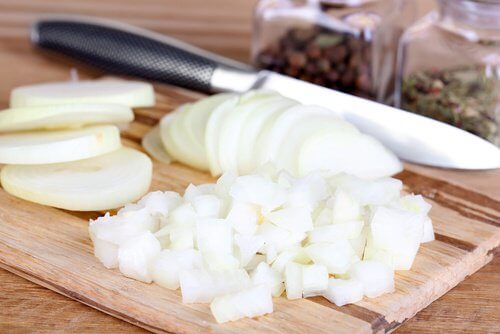Home Remedies When You Have a Fever

A fever is something that usually causes alarm, particularly when it happens in young children who are experiencing other health problems. Fever is more common among children than adults because their immune systems are still developing, and they don’t respond as quickly to infections as they do once they reach adulthood. So here are some home remedies you can use when you have a fever.
The definition of a fever is a temperature that’s above 98.6° F. It appears when the body doesn’t have enough antibodies to fight off an attack by a virus, bacteria, or another type of microorganism.
By raising your body temperature, you’re able to kill off the harmful invasion in a warmer environment, and it’s ultimately eliminated through sweat.
For this reason, a fever is always as a symptom of a health problem that may require medical attention, particularly if you have other symptoms like diarrhea, seizures, or difficulty breathing.
Lots of people turn to different types of medications to lower their temperature when they have a fever. But excessive consumption of these drugs can have serious side effects on your health, some of which can happen instantly.
What should you do when you have a fever?
The first thing you should do when you suspect you have a fever is to monitor it over time. If your temperature stays below 100° F, you should get plenty of rest and drink lots of fluids.
Eventually your fever will “break” with sweat, and your body will eliminate any toxins that remain. When this happens, you should change your clothes and wash your bedsheets to avoid continued exposure to those waste products.
If your fever rises above 100° F it’s important that you find a way to bring it down, and in an emergency you need to see the doctor. For babies under three months old, the critical temperature is just under 100° F.
Treatments to help reduce your fever

Yarrow (Achillea millefolium)
Yarrow has been known to reduce fever for centuries. It lowers the body temperature and also has properties that help improve digestion by fighting parasites and other bacteria. In the case of a fever, we recommend a blend of yarrow, mint, and elderberry.
Onion

Read also:
Sage
Another good way to regulate body temperature is by using sage. To do this, just boil a cup of water (200 ml) and add a tablespoon of fresh sage, a teaspoon of honey, and three tablespoons of lemon juice.
Potatoes
Potatoes contain natural anti-inflammatory properties and enzymes that can help reduce a fever. To benefit from potatoes you need to mash or grate them and mix in some cold water before applying them to the forehead for about 10 to 15 minutes.
Read also:
Drink lots of fluids

Lemon rind and barley
This final treatment is useful for replenishing the fluids that are lost after your fever breaks. To make it, add the rind from a lemon and two tablespoons of barley to a quart of boiling water. Let it cool and steep for 12 hours, and then drink it throughout the day after your fever is reduced.
All cited sources were thoroughly reviewed by our team to ensure their quality, reliability, currency, and validity. The bibliography of this article was considered reliable and of academic or scientific accuracy.
- Fiebre. https://medlineplus.gov/spanish/fever.html
- DIAGNÓSTICO Y TRATAMIENTO DE LA FIEBRE EN LA CLÍNICA. https://www.cun.es/enfermedades-tratamientos/enfermedades/fiebre
- La influenza: lo que se debe hacer en caso de enfermarse. https://espanol.cdc.gov/enes/flu/takingcare.htm
- Guía sobre la fiebre para niños. https://kidshealth.org/es/kids/fever-esp.html
- Bourrillon, A. (2012). Fiebre. EMC – Tratado de Medicina. https://doi.org/10.1016/s1636-5410(02)70195-5
This text is provided for informational purposes only and does not replace consultation with a professional. If in doubt, consult your specialist.








